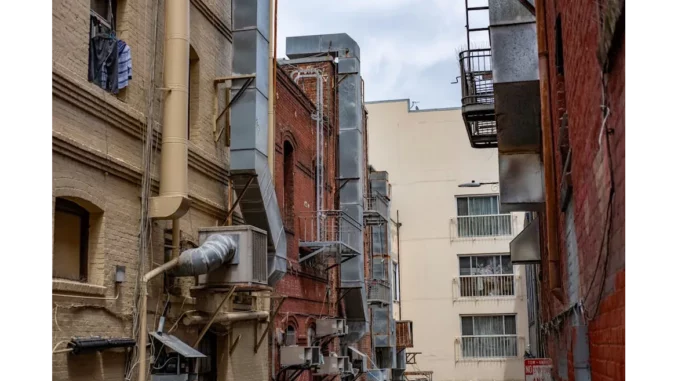
In the ever-evolving landscape of sustainable building practices, the Retrofit Assessor Standard has emerged as a pivotal point of discussion and, at times, contention. To grasp the nuances of this standard and its implications, I sat down with Sarah Edwards, an experienced Retrofit Assessor who has been navigating these waters alongside many of her peers. As we delved into the intricacies of the standard, a recurring theme emerged: the need for clarity and practicality in its application.
Focus360 Energy: property compliance services – pre-planning to post-construction. Learn more.
Sarah has been a Retrofit Assessor for over a decade, and as she puts it, “I’ve seen the industry transform in ways I couldn’t have imagined when I first started.” Her insights into the recent Elmhurst Response Summary, particularly Section 4: Assessment Process, offer a glimpse into the challenges faced by professionals in the field.
“One of the primary concerns,” Sarah began, “is the expectation regarding calibrated equipment during on-site assessments. While calibration ensures precision, the associated costs could be prohibitive, especially for smaller firms or independent assessors.” This sentiment echoes Elmhurst’s call for clarification on the necessity of such equipment, highlighting the potential financial implications for those in the field.
As our conversation ventured further into the practicalities of the standard, Sarah expressed her frustration with the contextual assessments outlined in Section 5. “The idea that we should be responsible for identifying complex issues like subsidence or water infiltration is, frankly, unrealistic,” she stated. “These are areas best left to specialists. Expecting assessors to make these judgments could lead to inaccuracies, impacting the reliability of the assessments.”
Moreover, the standard’s emphasis on condition ratings places what Sarah describes as “an undue burden” on assessors. “Deciding whether a defect needs repair should be the remit of the Retrofit Coordinator,” she insisted. “They have the overarching view of the project and are better positioned to make those calls.”
Ventilation assessment, as noted in Section 6.2.1, is another area where Sarah believes greater clarity is needed. “While recording airflow rates is crucial, the requirement for specific tools like a Vane Anemometer could add complexity to the process,” she explained. “Proper training and certification are essential, yet they add another layer of responsibility and potential cost.”
The topic of occupancy assessments also sparked a lively discussion. “There’s no standard method for this, which worries me,” Sarah admitted. “Without a consistent approach, there’s a risk of varied outputs, which could affect energy ratings and, by extension, the entire project’s credibility.”
Sarah’s insights into the energy performance assessments further underline the need for clear guidance. “We need to know when and how to adjust default values. It’s not just about having the right data but ensuring it’s interpreted correctly by competent individuals,” she emphasised.
Perhaps the most contentious point of our discussion was the requirement for section drawings, a concern outlined in Section 7 of the Elmhurst response. “Considering that our assessments are primarily non-invasive, the expectation for section drawings seems out of place,” Sarah commented. “It’s an impractical requirement that doesn’t align with the realities of our work.”
Despite these challenges, Sarah remains optimistic about the potential benefits of the Retrofit Assessor Standard. “It’s a well-intentioned framework,” she acknowledged. “The emphasis on competency and thoroughness is commendable. However, it needs to be balanced with practicality to avoid diluting resources or causing confusion.”
As our conversation drew to a close, Sarah offered a hopeful perspective: “With the right adjustments, this standard could significantly enhance the quality of retrofit projects. It’s about finding that sweet spot where the requirements are clear, achievable, and aligned with industry realities.”
For Sarah and many of her colleagues, the path forward involves continuous dialogue and adaptation. As the industry awaits further updates on the consultation, the collective goal remains clear: to foster a standard that supports both assessors and the broader sustainability objectives.
John Williams


Be the first to comment